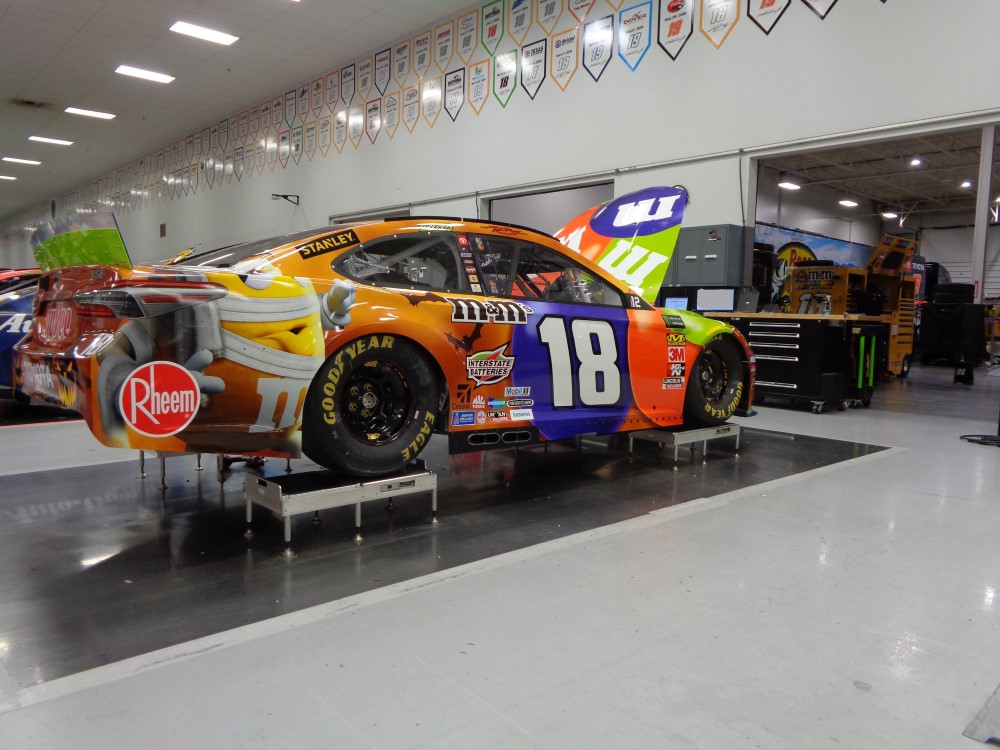
Editor’s Note: The following is republished with permission from our friends at Intercomp Racing.
…
Corner balancing, or scaling, is a fundamental part of a well-handling racecar.
Management of the weight on each tire allows a racer to maximize grip in critical situations. Performing adjustments and measurements in a particular order ensure accurate results because any suspension change can affect how weight is distributed to each tire.
Understanding how the racecar’s weight is distributed among the tires is critical for tuning its handling. When the margin of victory is less than a second on any given weekend, we need a scale system with impeccable accuracy and the flexibility of reliable wireless communication.” — Nate Bellows, car chief for the #18 NASCAR Monster Energy Cup Series car for Joe Gibbs Racing.
First, set the desired static ride height at each corner, which will be different based on the type of racing, chassis design and preferred handling characteristics. Obtain these values from a chassis manufacturer, prep shop, or competitor who runs a similar car.
Next, set the static camber, caster, and toe-in measurements and deploy the RFX Scale System.
For the most accurate results, Intercomp recommends the use of a drive-on scale rack, levelers with a roll-off pad or individual pad levelers, with any system. The levelers allow adjustment to height and angle of each pad so they are level and at the same height. After turning on and zeroing the system, place the car on the scale pads and record or save the weight at each corner.
If weights are above are above or below the target, begin by moving ballast, or equipment within the vehicle, to get close to the idea distribution.
For racecars with adjustable ride height, small changes can fine-tune the vehicle’s weight distribution, which may require several small changes to reach desired values.
In general, lowering ride height increases weight on that corner.
Finally, re-check suspension settings to achieve the desired static values.
Using this procedure, a racer can optimize grip levels where and when it is needed most.
For circuit racers, this means the car is predictable during cornering, while drag racers can maximize acceleration and speed.
With greater consistency, a driver can increase focus on how to go faster and win races.

[…] Editor’s Note: The follow is republished with permission from our friends at Intercomp Racing. … Corner balancing, or scaling, is a fundamental part of a well-handling racecar. Management of the […] Read full article at http://www.onallcylinders.com […]